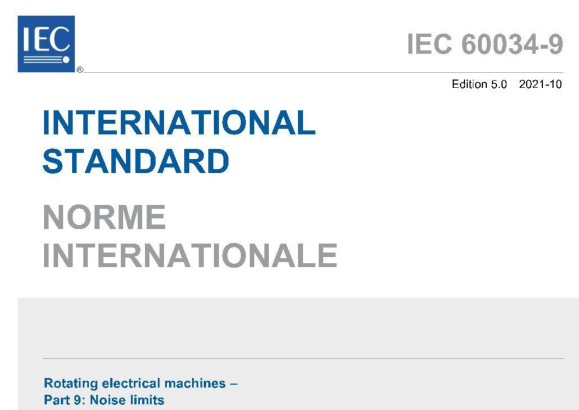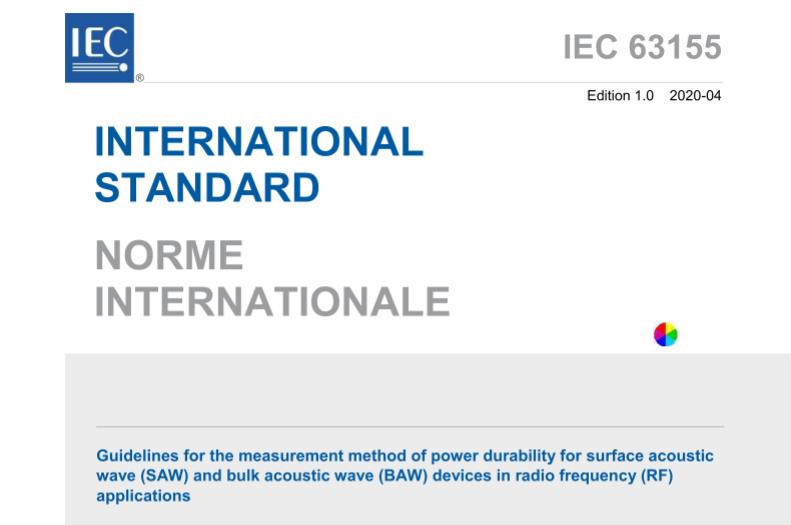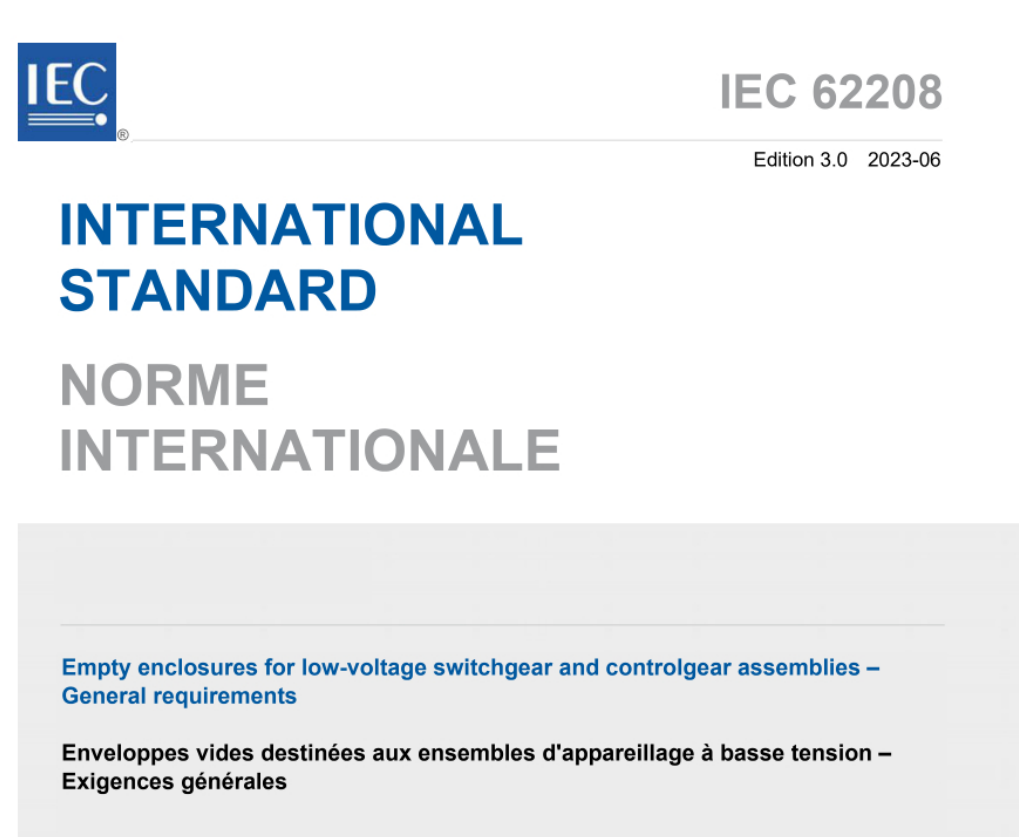Section of IEC 60034:
- Establishes testing procedures for assessing the sound power level of rotating electrical machines.
- Defines the maximum A-weighted sound power levels for the factory acceptance testing of rotating electrical machines supplied via the network, as per IEC 60034-1. These machines are to comply with cooling methods as specified in IEC 60034-6 and protection levels as outlined in IEC 60034-5, and possess the following attributes:
- A standard design, either AC or DC, without any extra special electrical, mechanical, or acoustic alterations designed to decrease the sound power level.
- A rated output ranging from 1 kW (or kVA) to 5,500 kW (or kVA) inclusive.
- A rated speed of no more than 3,750 minutes per hour.
- Exempts noise limits for AC motors powered by converters. For such cases, refer to Annex B for guidance.
The aim of this specification is to ascertain the maximum A-weighted sound power levels, denoted as LWA in decibels (dB), for the airborne noise emitted by rotating electrical machines with a standard design, considering factors such as power, speed, and load. It also details the measurement techniques and test conditions necessary for accurately measuring the sound power levels of these machines, ensuring a standardized assessment of noise up to the maximum specified levels. This document does not include corrections for tonal characteristics.
In certain applications, such as hearing protection programs, the requirement for sound pressure levels at a distance from the machine may arise. Clause 7 provides information on such procedures, based on a standardized testing environment.
NOTE 1: This document acknowledges the economic justification for providing standard noise-level machines for use in non-critical areas or in conjunction with additional noise mitigation methods.
NOTE 2: If sound power levels lower than those listed in Tables 1, 2, or 3 are necessary, the manufacturer and the purchaser should agree upon them, as specialized electrical, mechanical, or acoustic designs may necessitate extra measures.


